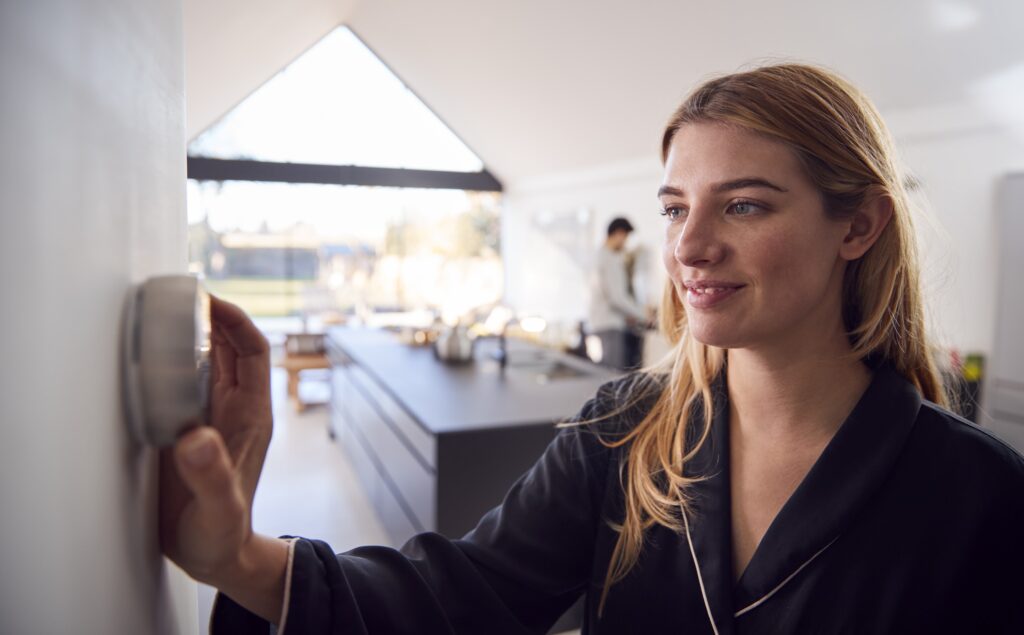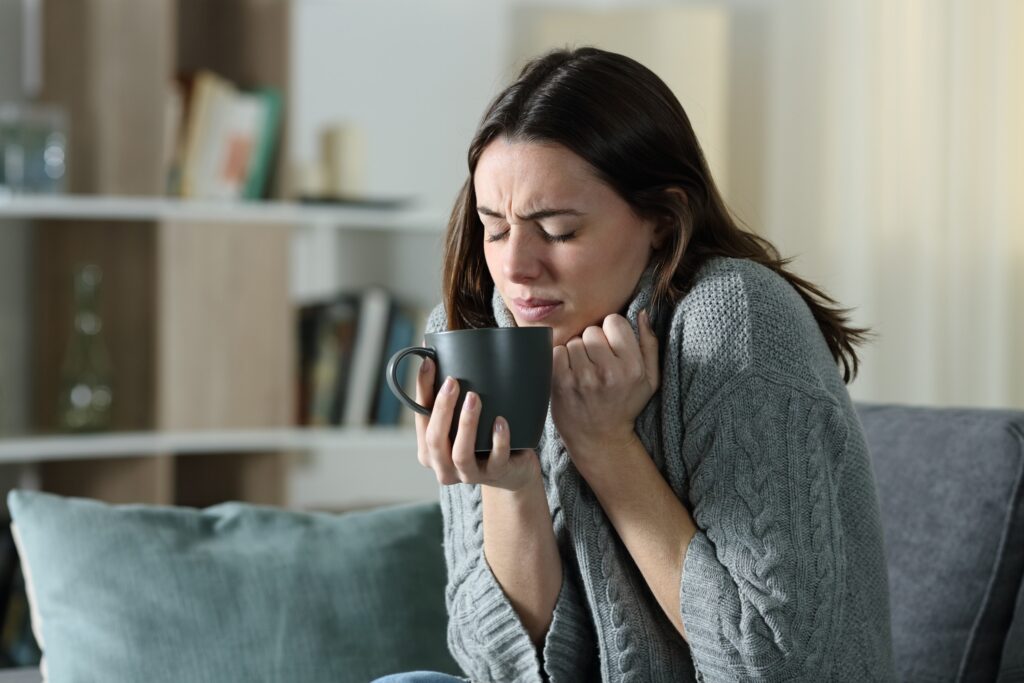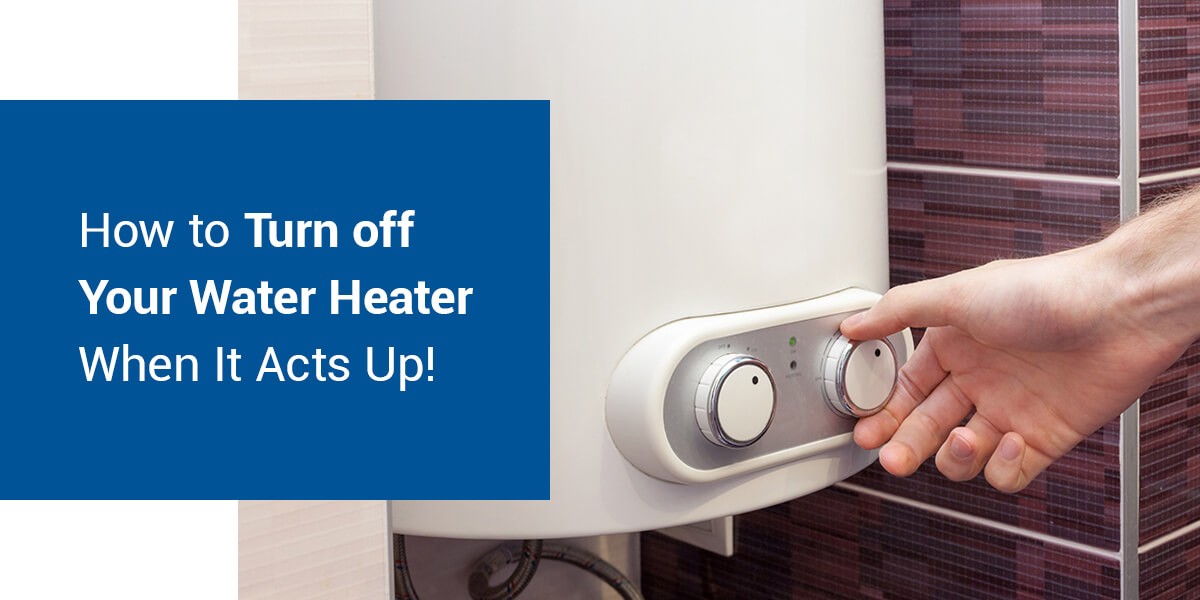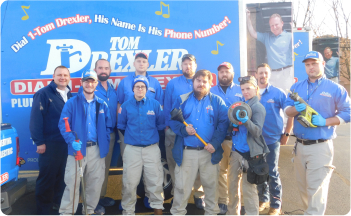What Is Green Plumbing?
You probably know that Earth has limited natural resources, most of them essential for survival such as water. How we use the precious natural resources available will determine what the world would look like in the near future. Fortunately, we can always control our water consumption.
Green plumbing is an affectionate term used to describe plumbing that benefits the environment. Green plumbing consists of eco-friendly and sustainable plumbing solutions. As such, green plumbing helps you to save money by using energy efficient appliances, low-flow fixtures, and a little bit of thoughtfulness. The overall goals of green plumbing include:
- Reducing water usage and conserving water
- Recycling used water
- The promotion of sustainability in functionality and the materials used
Homes generally consume large quantities of water every single day, especially in bathrooms and kitchens. Statistics show that the average use of water stands at 158 gallons a day and that a family of four uses 138,700 gallons of water yearly. Since most homeowners pay for their water, finding ways to minimize their water consumption would save them a lot of money.
Implementing green plumbing ensures homeowners use water in the most efficient manner, which is better for the environment and reduces utility bills. Although a full replacement of your old plumbing appliances with modern, green fixtures is arguably the most effective way of instituting green plumbing, doing so might not be possible for everyone, especially because of cost. Installing green plumbing also requires the expertise and experience of a professional plumber. To ensure you do not miss out on the benefits offered, below are five simple and cost effective ways to use green plumbing that will not only help you to save a lot but also make your home eco-friendly.
-
Energy-star appliances
Although energy-star appliances generally retail at a higher price than regular appliances, opting for such fixtures if you are in need of replacement is a no brainer. Apart from adding value to your home, energy star-rated appliances help to minimize your energy and water consumption, reducing your bills and saving you money. For instance, you can install a tankless water heater since apart from using either electricity or natural gas, tankless water heaters use a fraction of the energy traditional water heating tanks use.
-
Dual-flush toilets
As one of the most advanced plumbing inventions, dual-flush toilets offer two flushing options. The first option is for liquid waste and, therefore, utilizes a fraction of one gallon of water, which means you will end up saving a significant amount of water. The second option is for solid waste, and it uses the same amount of water as standard toilets, which is between one and two gallons per flush.
-
Recycle
As a form of green plumbing, recycling includes both the water and plumbing materials. You can recycle every material from plumbing pipes to fixtures when undertaking a plumbing project in your home or updating your appliances. You do not have to throw away the old pipes, use them instead for a less crucial function. You can also recycle water, especially for irrigation purposes such as watering your garden. Installing a water tank with the aim of capturing rainwater is another way of recycling. Apart from reducing your water bill, using water efficiently also benefits the environment.
-
Faucet aerators
As a small investment, the installation of faucet aerators has a massive environmental impact since it will significantly minimize your water consumption, while also reducing your water bill. Adding these nifty little fixtures to your plumbing features reduces water flow without affecting the water pressure in a negative manner. Faucet aerators use low-flow technology to reduce water consumption. Although having aerators on every fixture in your home would be most beneficial, you can start by adding them to your kitchen and bathroom faucets.
-
Install low-flow shower heads
Installing low-flow shower heads in place of the heavy-water-use alternatives common in homes is another low-cost green plumbing option that has a high impact. Thanks to significant technological advances over the last decade, low-flow shower heads are now on par with almost every standard shower head currently available on the market, which is a notable fact, especially if you thought they do not work as well.
Cold Weather Home Damage and How to Avoid It
When cold weather strikes, it often brings with it high winds, heavy sleet and snowfall, freezing temperatures and slick, icy roads and sidewalks. By the time the average winter cold front has blown through, many areas may have lost power, suffered through frozen or bursting water pipes or even had structural damage from the weight of all that piled-up snow.
While homeowners insurance can often help with repair costs, submitting a claim, getting work bids and having the work done can be a time-consuming, not to mention stressful and costly (especially if you have a high deductible) process. It is much easier to simply avoid exposing your home to cold weather damage unnecessarily.
In this post, learn about the different types of damage cold weather can cause and how to make sure this type of damage doesn’t impact your home.







